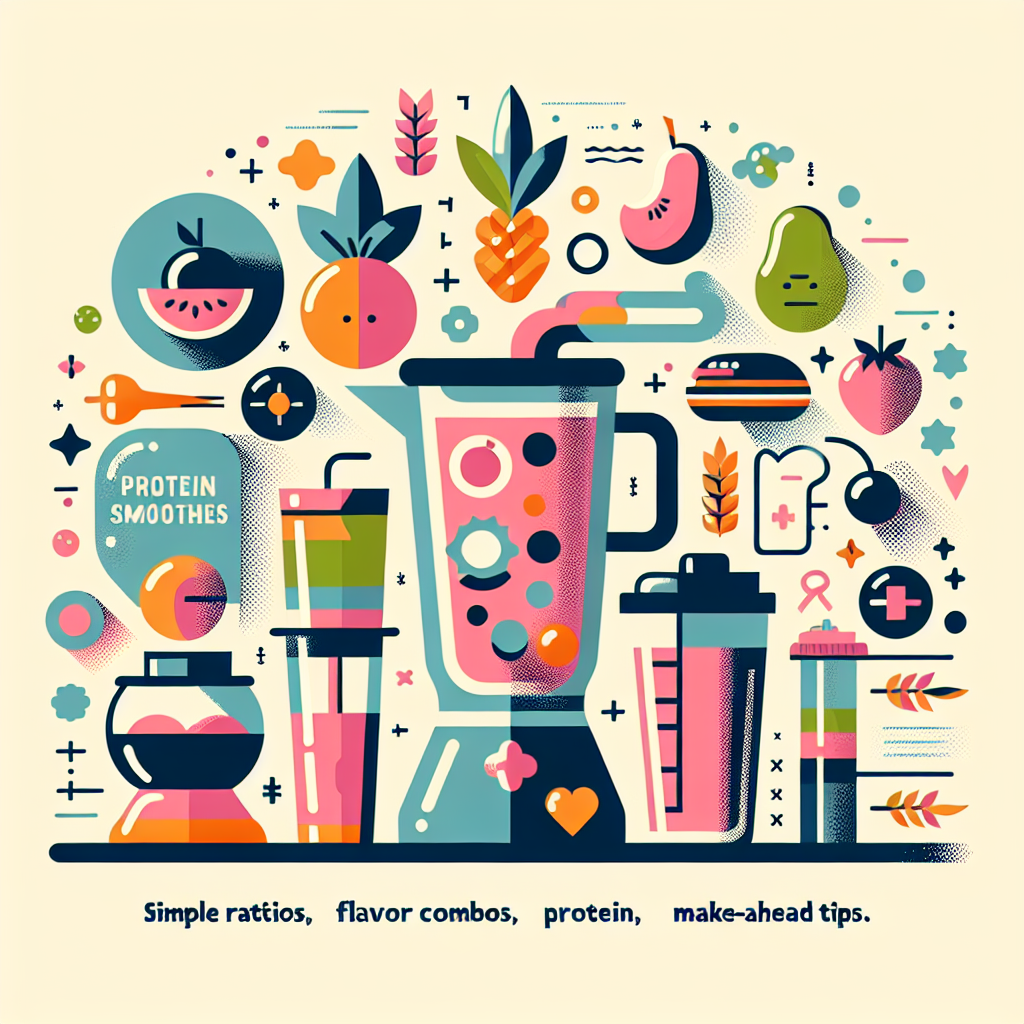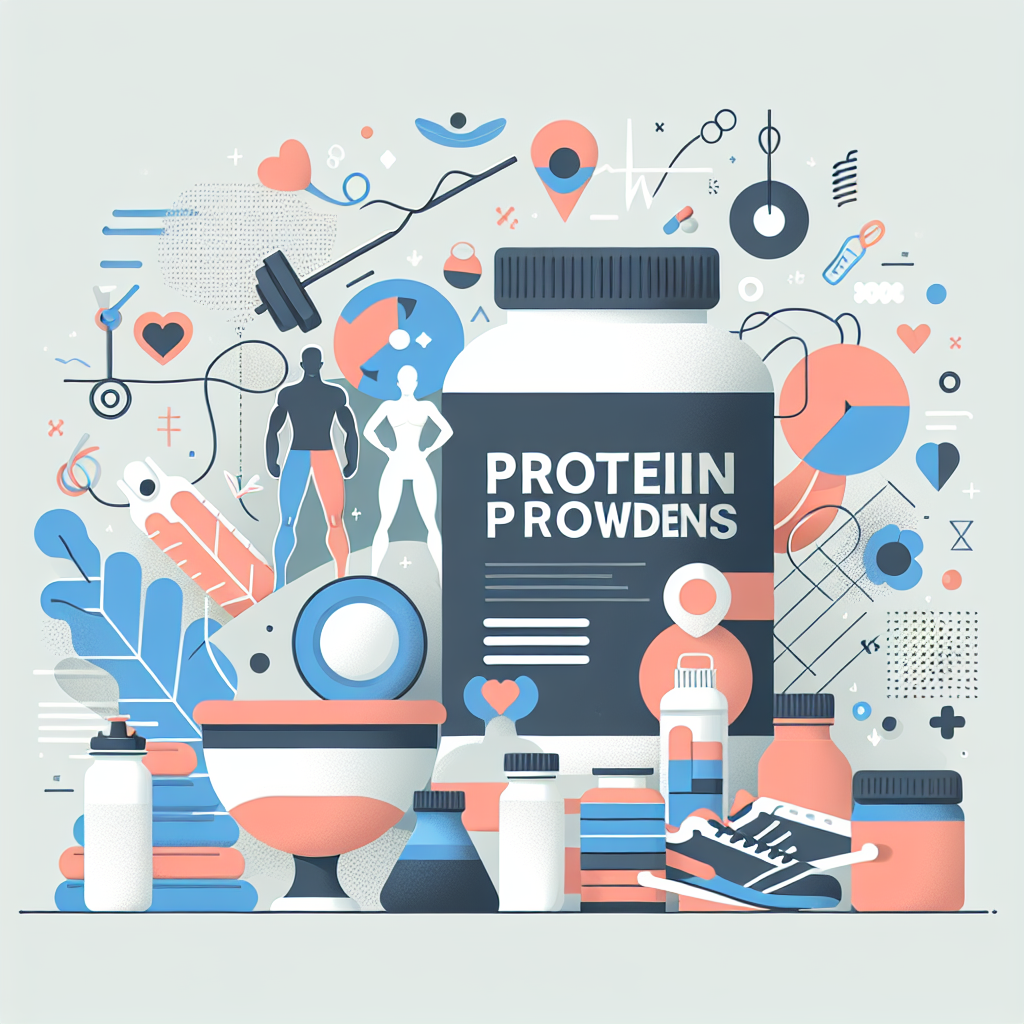Smoothies are an efficient, tasty way to add nutrients and satiety to your day — and a well-built protein shake smoothie can keep you full between meals, support muscle repair, and be surprisingly low in prep time. Whether you’re chasing the best protein smoothies for convenience or experimenting with a protein powder smoothie to boost morning energy, understanding simple ratios and flavor combos makes all the difference.
Protein-shake smoothie ratios: the simple math
Start with a basic ratio that works for most goals: 1 cup (240 ml) of liquid, 1–1.5 cups of produce (fruit or vegetables), and 20–30 grams of protein. That protein target creates a balanced high protein smoothie while keeping calories manageable. For a higher-calorie recovery drink after intense training, increase protein to 40 grams and add healthy fats like nut butter or avocado. For protein shake recipes for weight loss, prioritize water or unsweetened plant milk, leafy greens, and a modest portion of fruit to keep sugar and total calories lower.
Taste pairings and flavor combos
When building flavor, think of three layers: base liquid, protein, and flavor boosters. Popular pairings include:
- Banana + chocolate protein powder + peanut butter
- Mixed berries + vanilla protein powder + spinach
- Mango + yogurt + coconut milk for a tropical profile
- Oats + cinnamon + coffee for an overnight oats-like smoothie
Using a protein powder smoothie approach, choose powder flavors that complement the fruit you use. Vanilla or unflavored whey, pea, or soy powders are versatile; chocolate can mask strong greens. For people wanting the best protein smoothies for taste, blending frozen fruit instead of ice preserves texture and flavor.
Healthy protein shake recipes: pantry-friendly examples
Here are three quick healthy protein shake recipes that can be scaled up for meal prep:
- Berry Green: 1 cup unsweetened almond milk, 1 cup frozen mixed berries, 1 cup spinach, 1 scoop vanilla protein powder, 1 tbsp chia seeds.
- Chocolate Banana: 1 cup low-fat milk or oat milk, 1 frozen banana, 1 scoop chocolate protein powder, 1 tbsp peanut butter.
- Tropical Boost: 1 cup coconut water, 1 cup frozen mango, 1/2 cup Greek yogurt, 1 scoop unflavored protein powder, squeeze of lime.
Each is adaptable depending on whether you need a high protein smoothie (increase scoop size or add Greek yogurt) or a lighter sip for weight management (reduce nut butter and choose water or unsweetened milk).
How to make a protein smoothie that lasts
How to make a protein smoothie that keeps its texture? Blend cold or frozen ingredients, add liquids last, and pulse to break down fibrous greens. For a thicker shake, add 2–3 tablespoons of rolled oats or a quarter avocado. For a thinner drink, increase liquid by 1/4 cup at a time until you reach the right consistency. If you prefer a protein powder smoothie, mix powder with a small amount of liquid into a paste first to avoid clumping, then add the rest of the ingredients.
Make-ahead and storage tips
Prepare smoothie packs: portion fruit, greens, and add-ins into freezer bags so you only need to add liquid and protein powder when blending. For weekly prep, store blended smoothies in airtight mason jars and keep refrigerated up to 24–48 hours; separation is normal—just shake or re-blend. If you’re following specific plans or curious how shakes can fit into structured diets, read more on approaches that pair soups and shakes with broader nutritional strategies: descriptive anchor text.
Nutrition notes and safety
Protein needs vary by age, activity, and goals. Whole-food additions like Greek yogurt, cottage cheese, or silken tofu can transform a simple protein smoothie into a nutrient-dense meal. If you have kidney disease or other medical conditions, consult a healthcare provider before increasing protein. For evidence-based background on smoothies and general health guidance, see a reputable overview: Smoothie — Wikipedia.
Whether you’re seeking healthy protein shake recipes for everyday nutrition, crafting a protein shake recipes for weight loss plan, or building the ultimate high protein smoothie for recovery, focus on balance: protein, fiber from fruit and vegetables, and a bit of healthy fat for satiety.
- Takeaways:
- Use a simple ratio: liquid + produce + 20–30 g protein for a balanced drink.
- Match protein powder flavor to fruit for the best protein smoothies.
- Prep freezer packs or blend ahead for convenience and consistency.
Q: Can smoothies replace a meal?
A: Yes, a well-composed protein smoothie with protein, fiber, and healthy fats can serve as a meal replacement, especially when calories and micronutrients are adequate. Track portion sizes to match your energy needs.
Q: Is protein powder necessary?
A: No. Whole-food proteins like Greek yogurt, cottage cheese, silken tofu, or nut butters can provide ample protein. Protein powder is a convenient way to hit specific protein targets, especially for a high protein smoothie.
Q: How can I reduce sugar in fruit-based smoothies?
A: Use more vegetables (spinach, kale, cucumber), choose low-sugar fruits (berries), and avoid added sweeteners. Balance naturally sweet fruit with protein and fiber to slow glucose absorption.






